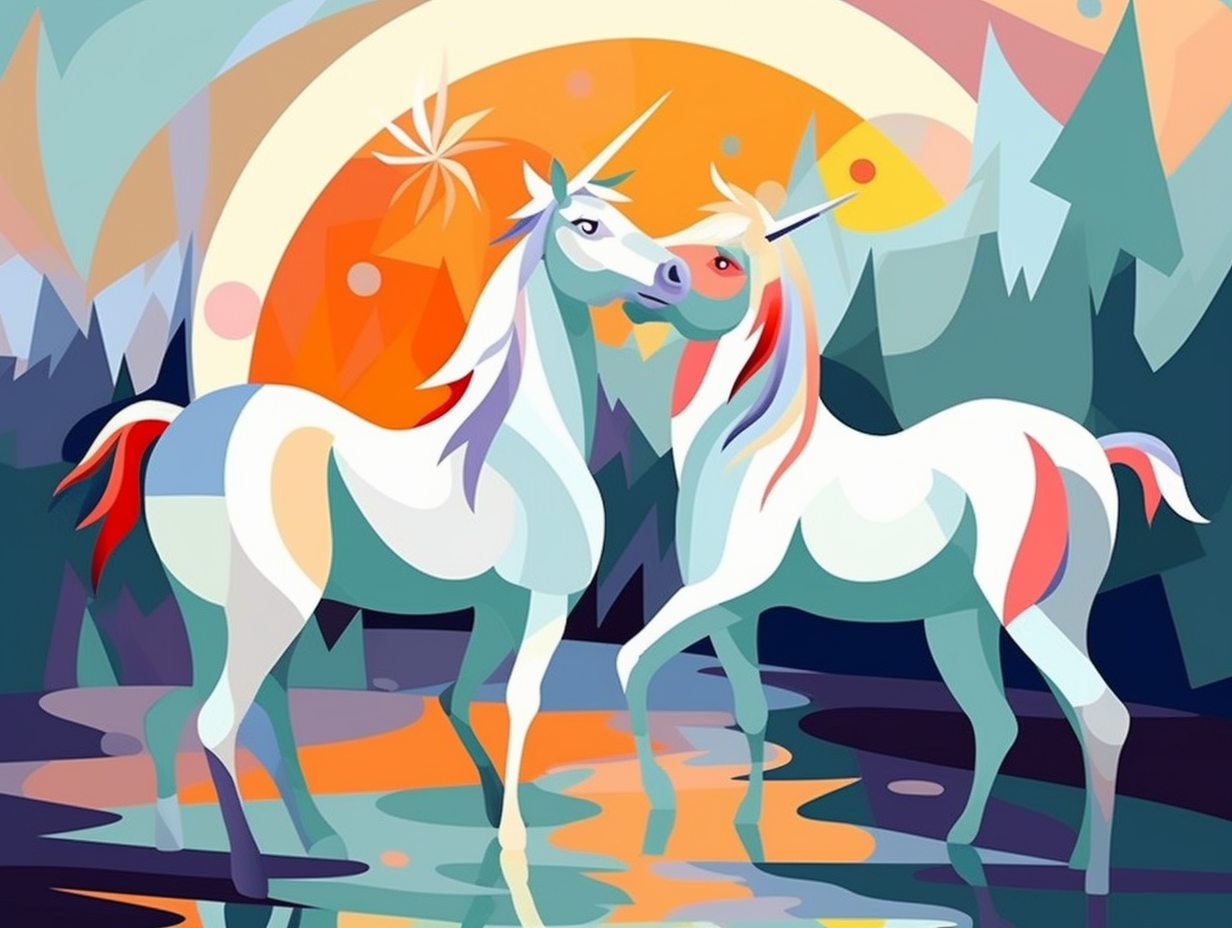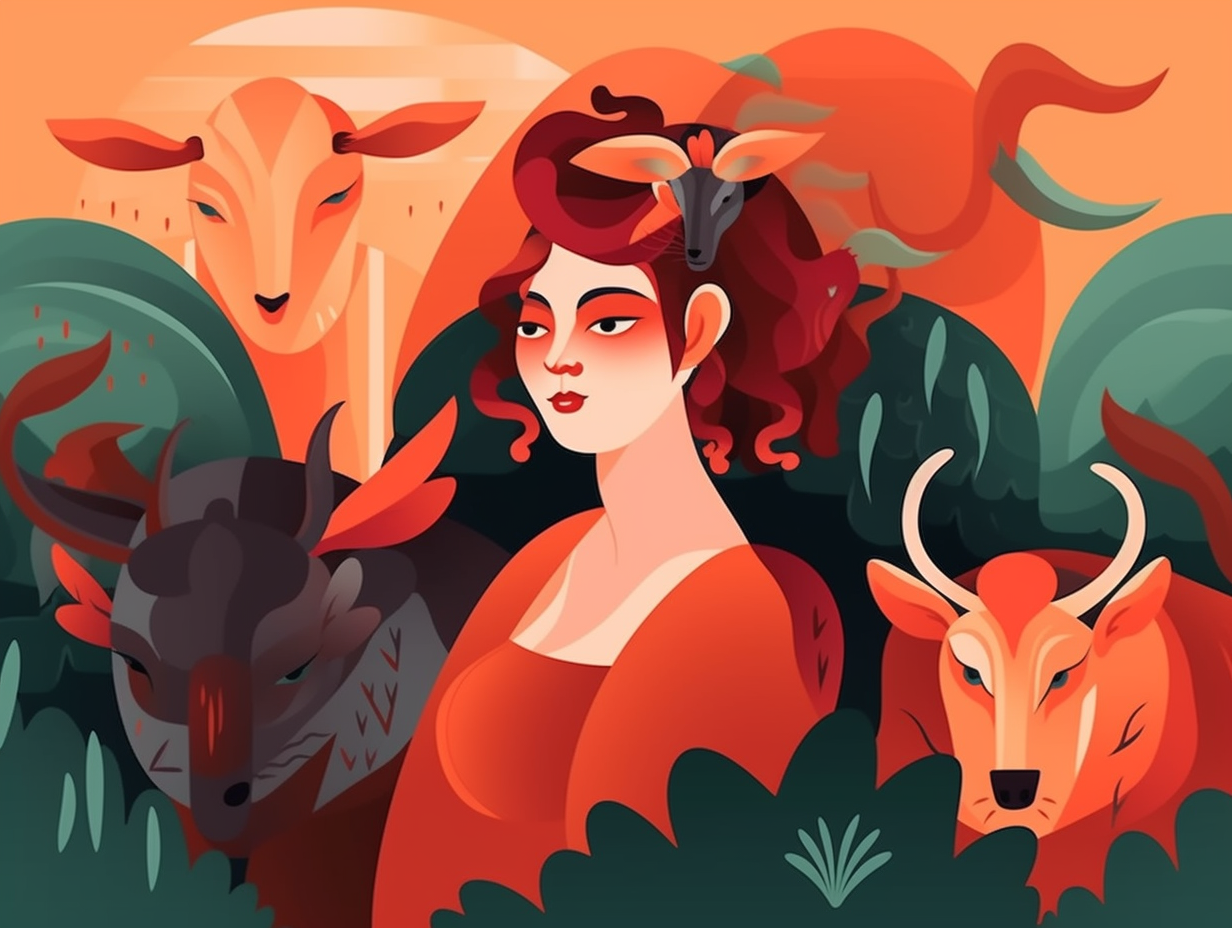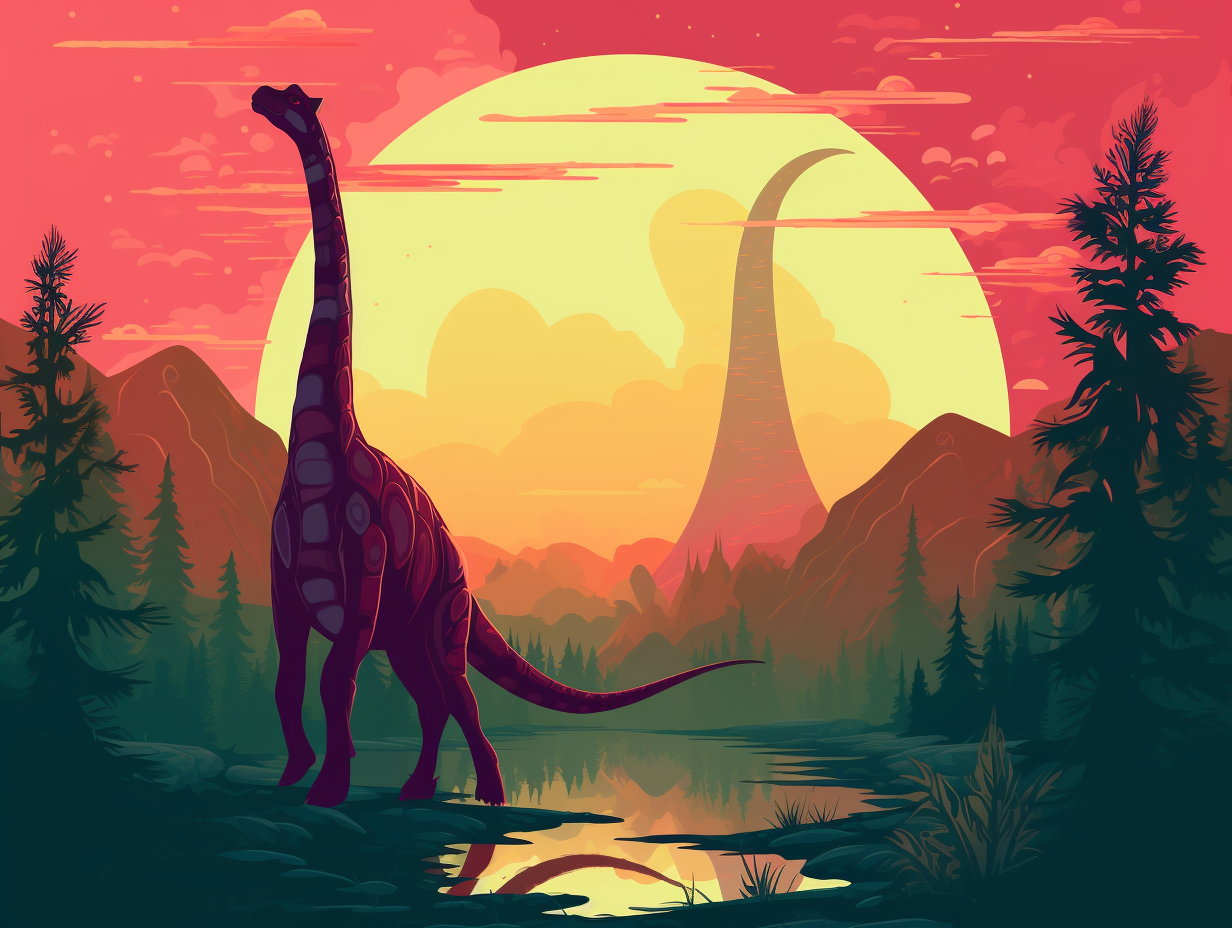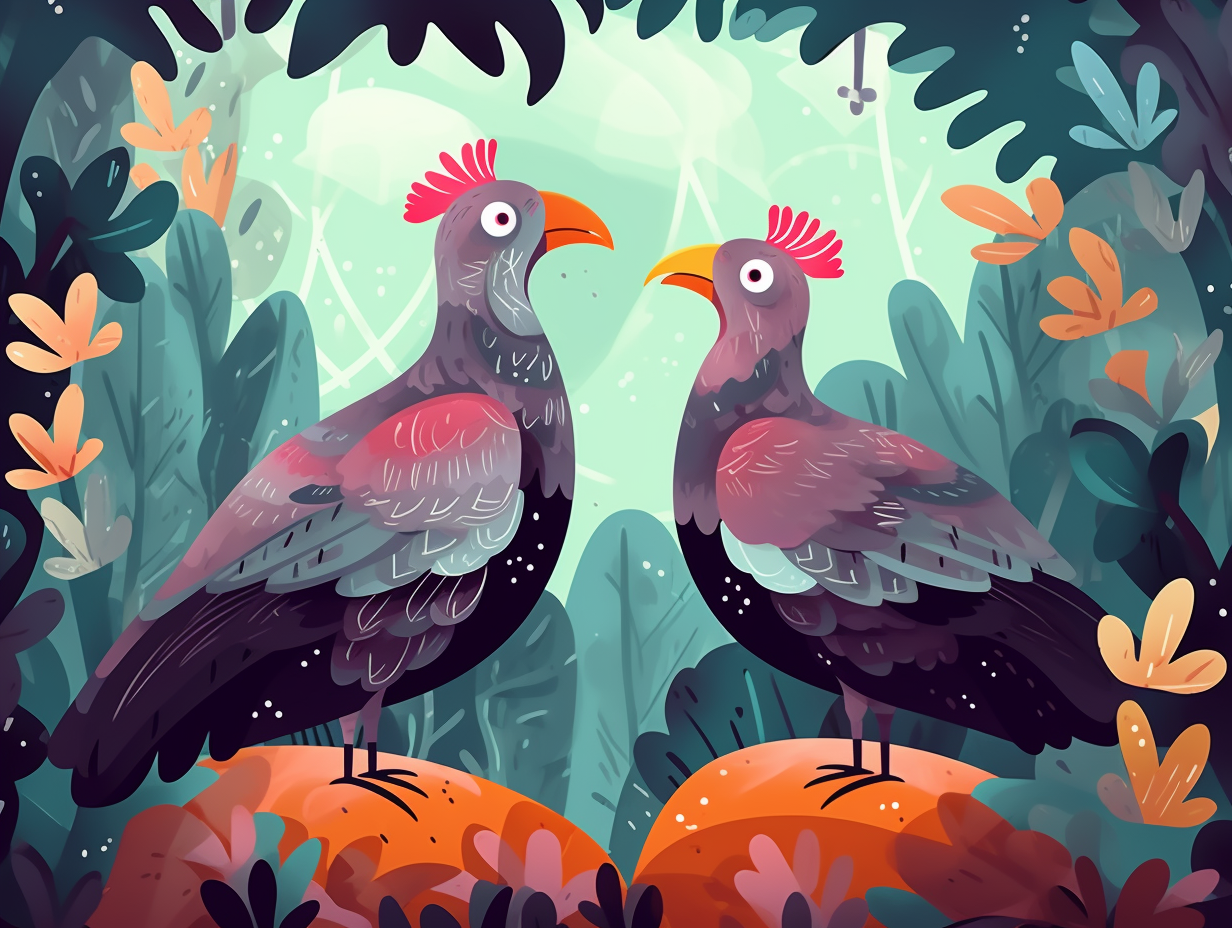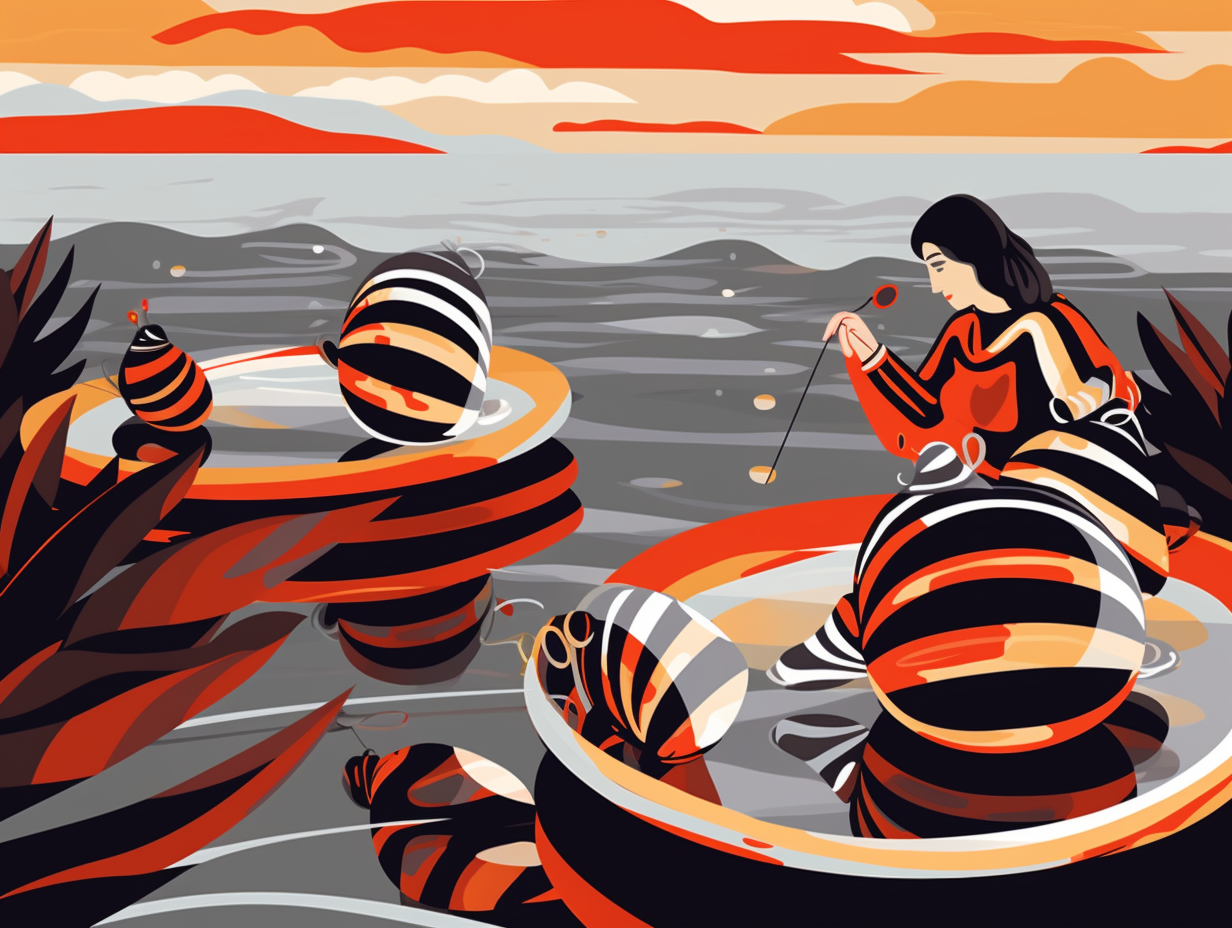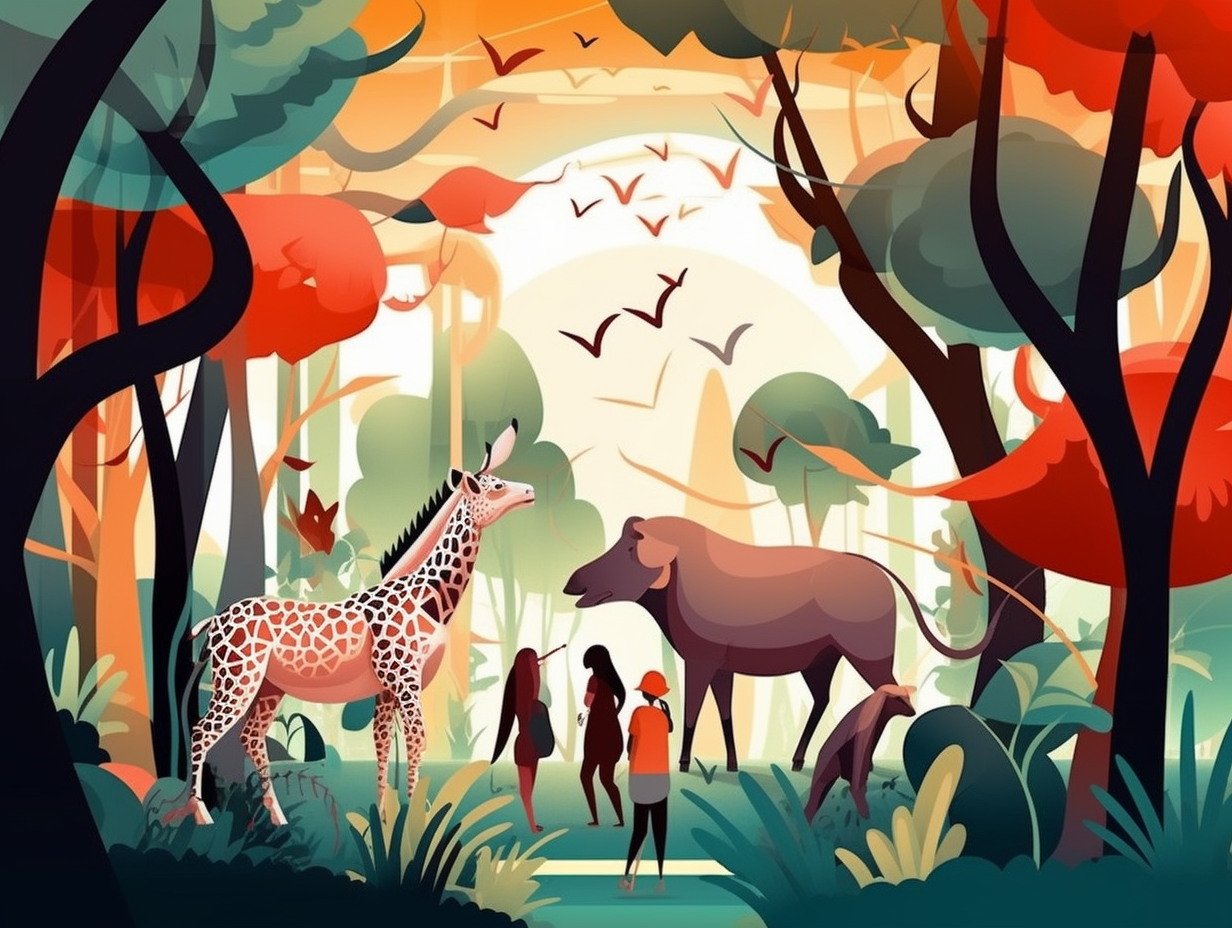Discover the Prehistoric World: Top 12 Incredible and Fun Facts about Dinosaurs You Never Knew!
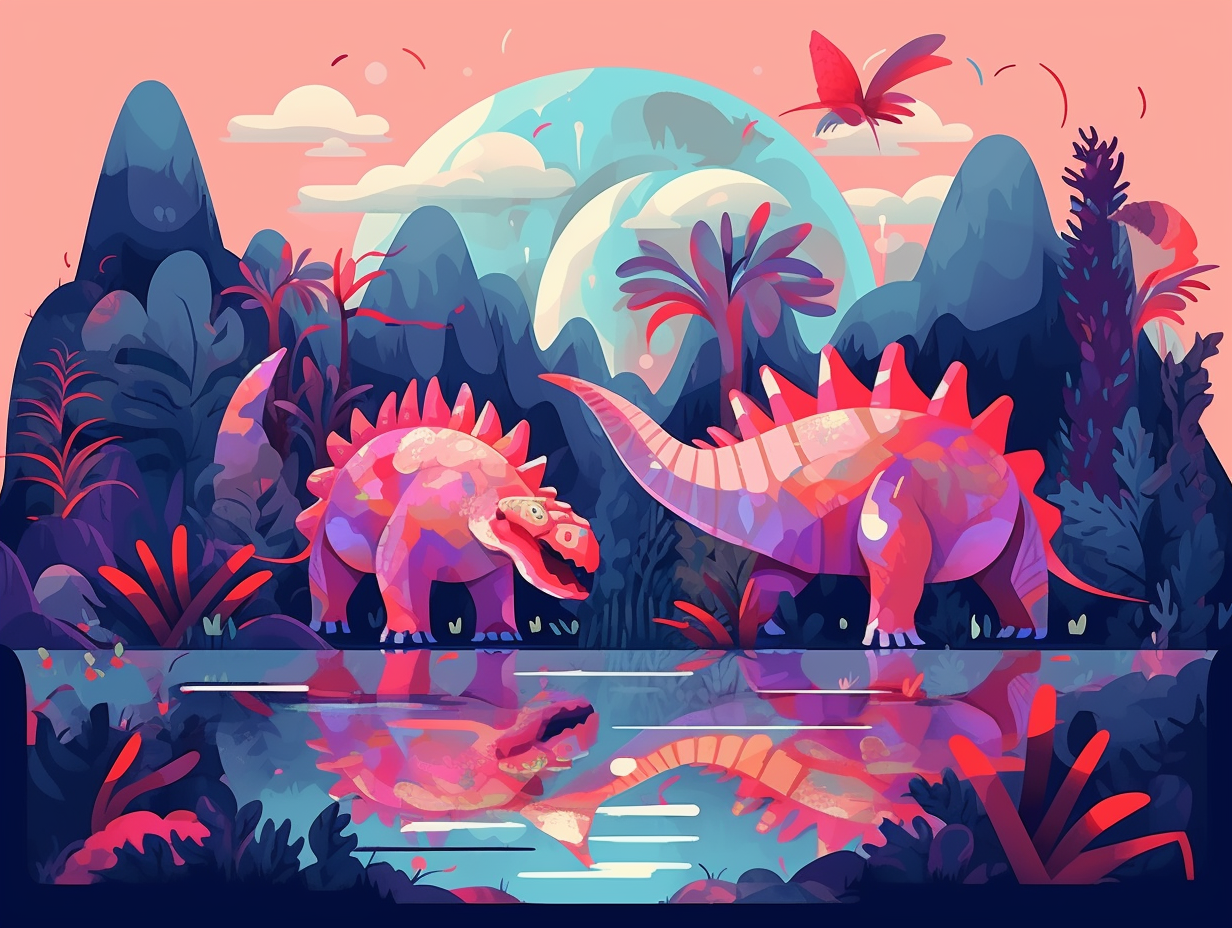
1. T-Rex: Mighty Scavenger
Whoever said "T-rex way or the highway" clearly underestimated this giant's sense of direction: Turns out, the Tyrannosaurus rex was primarily a scavenger that used its keen sense of smell to track down and feast on already-dead prey, rather than actively hunting like the fearsome predator we always imagined. While it did boast an impressive 60 teeth in its mighty jaw, these were designed for biting and tearing rather than chewing, and the tallest T-rex tooth on record measures a staggering 12 ⅞ inches in length.
Source => pastpres.com
2. Dino Dance Floor Debut
Hold onto your time machines, we're going way, way back to a prehistoric dance floor with tiny dino darters groovin' across the land: Dinosaurs first appeared in the fossil record around 240 million years ago, during the Late Triassic period – starting as small, bipedal creatures and eventually evolving into massive giants like the Saurischia and the Ornithoscelida.
Source => nhm.ac.uk

Did you know that dragons from the film series possess unique breath weapons and fire types, ranging from metal armor to molten lava? Unleash their fiery secrets!
=> Fun Facts about Dragons
3. Velociraptor's Feathered Fashion
Hold onto your (prehistoric) hats, because Jurassic Park may have missed a few fabulous fashion details: Many dinosaurs, including the velociraptor, sported feathers or proto-feathers, with recent studies suggesting feathers evolved for warmth or decorative displays before becoming the flight enablers we know today.
Source => theguardian.com
4. Cryolophosaurus: Comb-Crest Chic
Who needs a tiara when you can rock a built-in Spanish comb? Cryolophosaurus knew how to own that bizarre head crest with eye-catching charisma: This dashing dino, native to Antarctica, sported a high, narrow skull featuring a furrowed comb-like crest that fanned out over its eyes – a unique adaptation that likely served as intra-species recognition and may have even impressed potential mates with its stylish display.
Source => dinopedia.fandom.com

5. Mesozoic Feather Club
Forget Tyrannosaurus in a Frock or Velociraptors that Vogue, and welcome to the feathery fashion-forward club of the dinosaur world: Some dinosaurs sported feathers instead of scales, living it up during the Mesozoic Era, as palaeontologists believe their fabulous plumage was used for insulation and courtship displays.
Source => redtedart.com
6. Brontopodus: Stride of Pride
Talk about putting your best foot forward: the Brontopodus plagnensis, a recently discovered long-necked sauropod, boasts an average stride length of 9 feet, evidenced by the 110 fossilized footprints found across a 500-foot stretch in eastern France.
Source => livescience.com
7. Moonwalking, Fishing Quetzalcoatlus
As if a flying giraffe doing the moonwalk wasn't strange enough: Quetzalcoatlus, a giant pterosaur, had a wingspan of 36-39 feet, weighed just over 500 pounds, and used its elongated jaws to fish for invertebrates while also walking around gracefully on both legs and wings.
Source => nps.gov
8. Dino-Paleo Hover-Parents
Forget about hoverboards and helicopter parents – dinosaurs were the OG egg hover-ers and protective paleo-parents! Yup, you heard that right from the Cretaceous grapevine: certain dinos, like oviraptorids, were actually quite the brooders, nesting and hovering over their eggs much like modern birds. This cozy parenting style and other dino-bird resemblances have led to the popular belief that birds are just tiny, feathery dinosaurs on a perpetual fly-by – with recent fossil finds even flaunting fabulous feather-like structures on our long-extinct buddies.
Source => amnh.org
9. Jurassic "Chicken from Hell"
Ever wondered what would happen if Colonel Sanders had a Jurassic nightmare, with a monumental bird he'd have a hard time frying up? Meet the prehistoric "Chicken from Hell": This oversized feathered fiend, scientifically known as Anzu wyliei, was one of the largest oviraptorosaurs discovered in North America. Resembling a sinister cassowary, this toothless-beaked, long-legged, and claw-tipped dinosaur weighed over a metric ton and roamed Central Asia and North America, providing us with one hilarious modern-day moniker.
Source => nationalgeographic.com
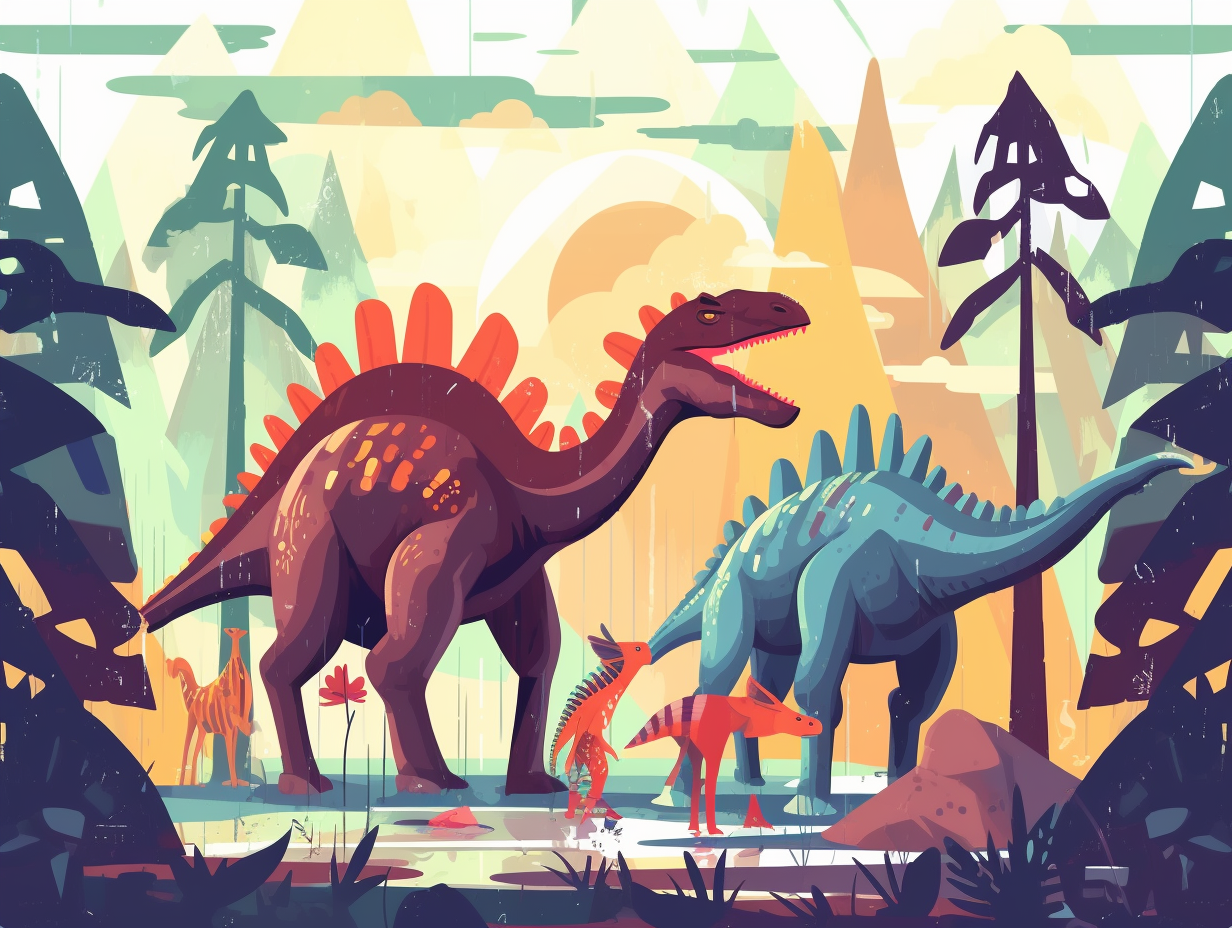
10. Parasaurolophus: The Voice Champ
If the Parasaurolophus had been around today, it would have definitely won the dinosaur version of "The Voice" without breaking a sweat – or a scale! With more sound range than a top-of-the-line synthesizer and an adjustable tubular crest for that extra oomph, this dino's vocal stylings were nothing short of 'trumpets' when in concert with its herd: The Parasaurolophus used its unique crest to communicate with other members by producing a variety of sounds that could be heard up to five miles away, with each crest's size and shape being distinctive for individual recognition within the group.
Source => jurassic-park-ecology.fandom.com
11. Hadrosaurs' Pine Tree Buffet
Who would've thought that some dinosaurs would be pining for more than just a leafy salad? It turns out that these hadrosaurs had a tree-mendous appetite for a different kind of greens: According to paleontologist Dr. Albert Prieto-Márquez, these plant-eating dinos actually thrived primarily on munching pine trees, proving that even the herbivorous prehistorics had a diverse and branching (out) menu!
Source => scienceworld.ca
12. Oviraptor: Nesting, Not Stealing
You know the saying, "caught with your hand in the cookie jar"? Well, poor Oviraptor was once framed as the dinosaur equivalent of an egg bandit, until it cracked the case wide open: This dino-parent was actually found snuggling up to about 15 eggs at its nest, proving that it cherished and protected its young, rather than snatching others' unborn babies.
Source => en.wikipedia.org
Related Fun Facts

